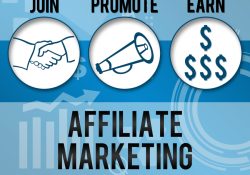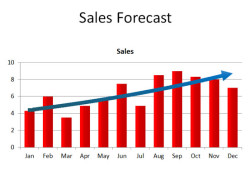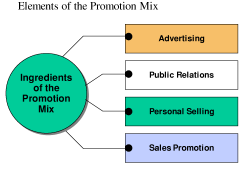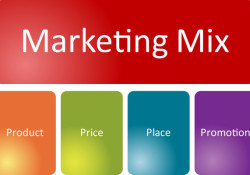How To Make Money with Affiliate Marketing
Affiliate marketing is a performance-based marketing model where individuals (affiliates) promote products or services of companies or businesses and earn a commission for each sale, lead, or action generated through their promotional efforts. Here’s a detailed guide on how to… Continue Reading








